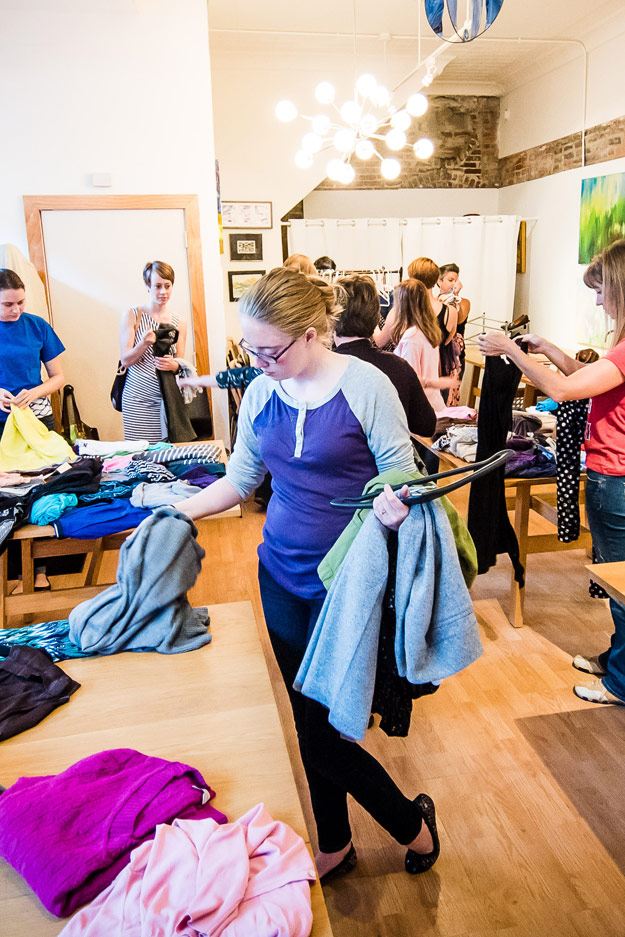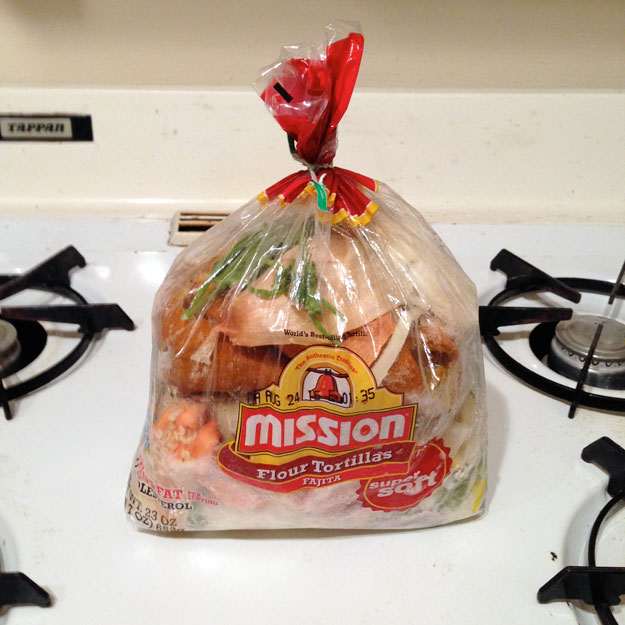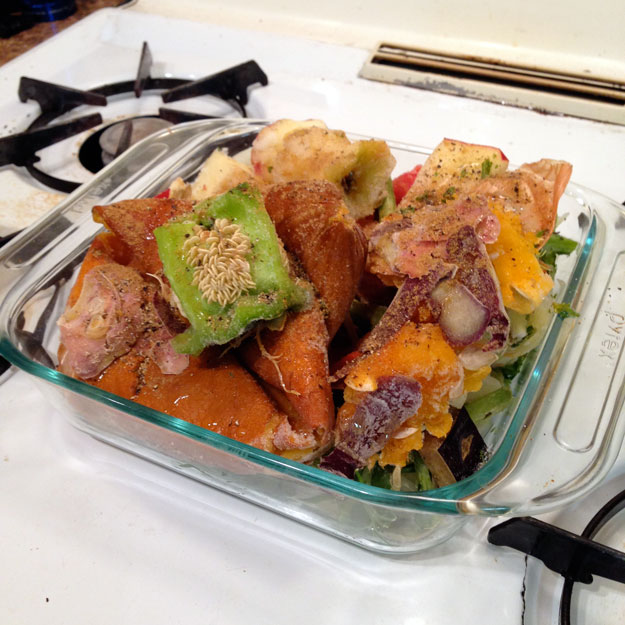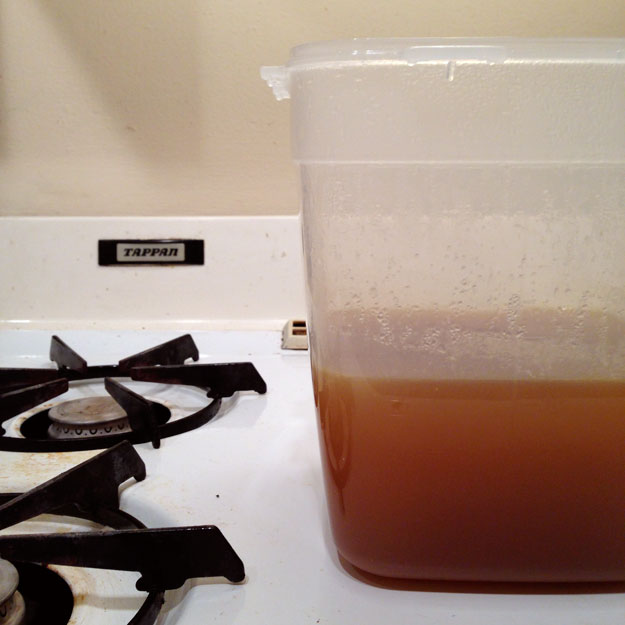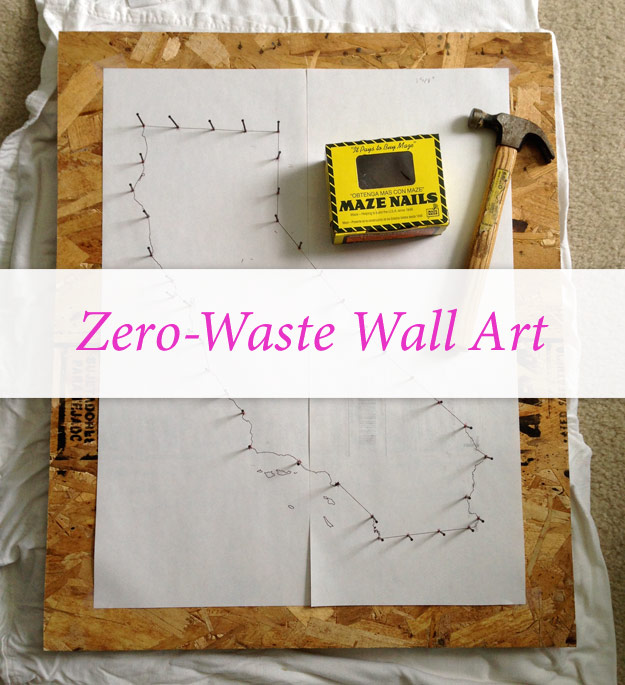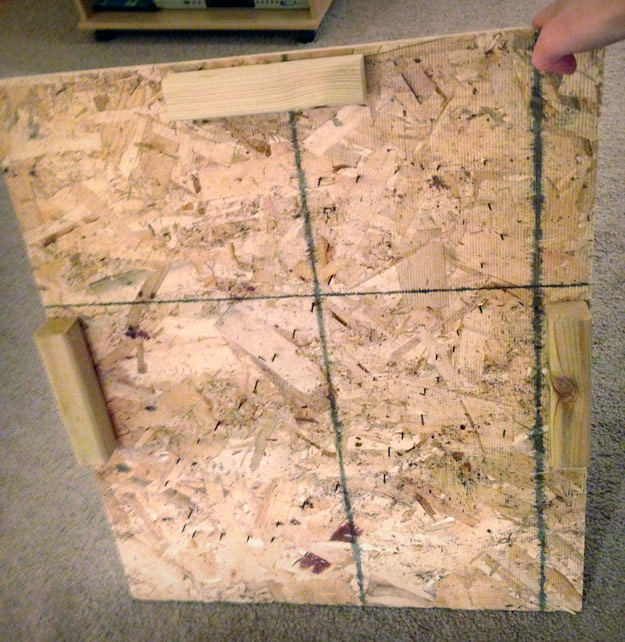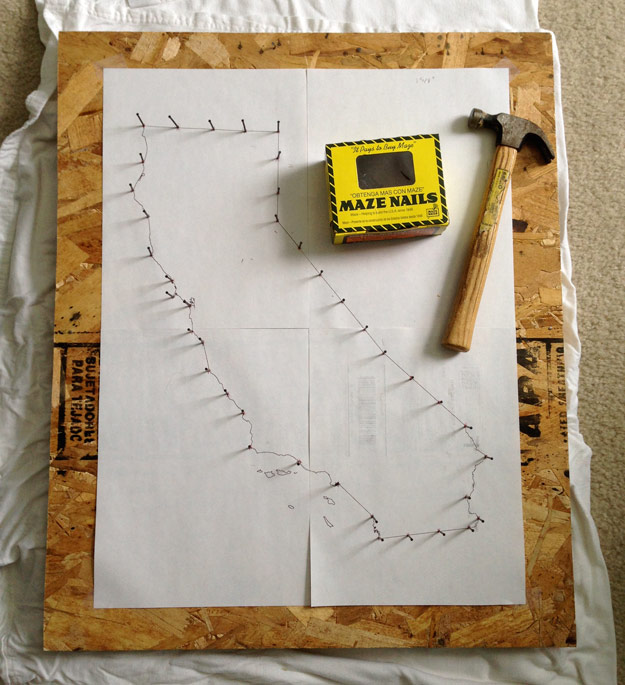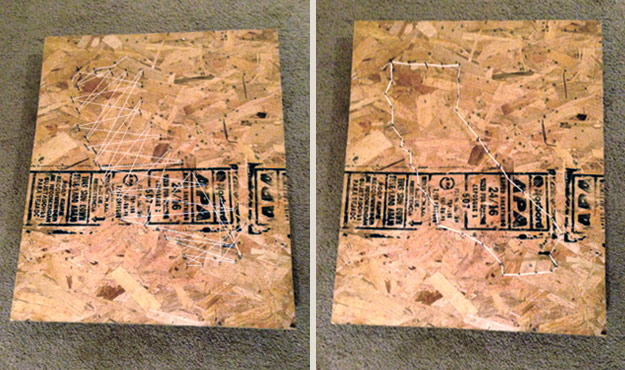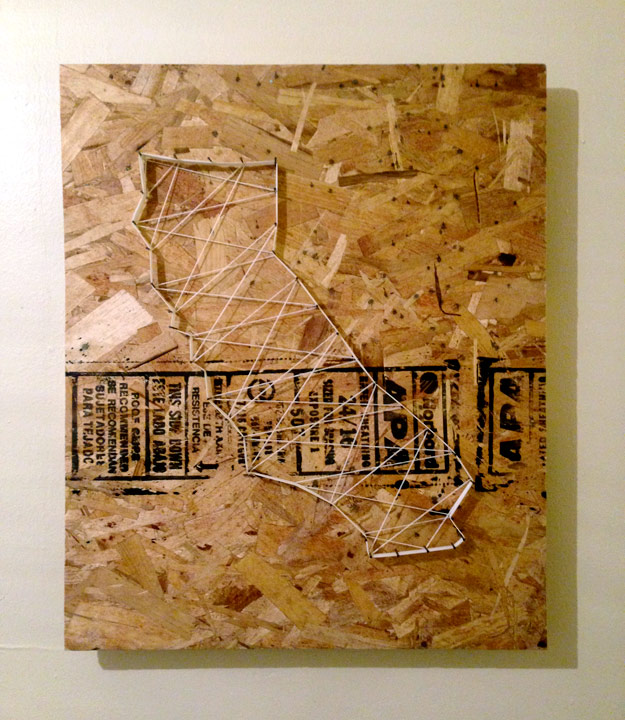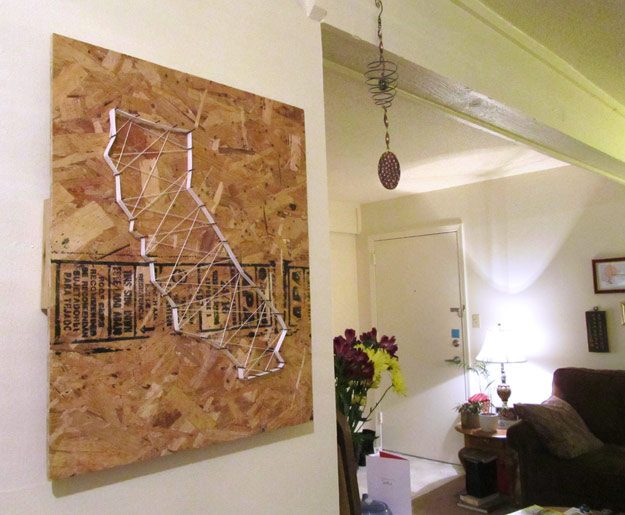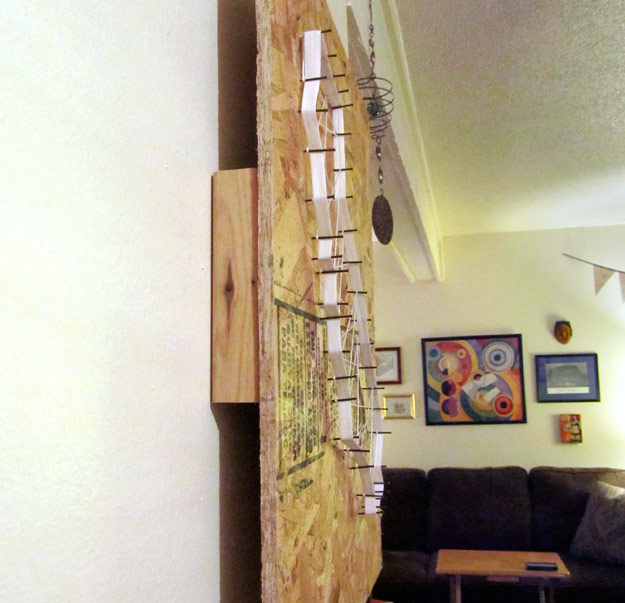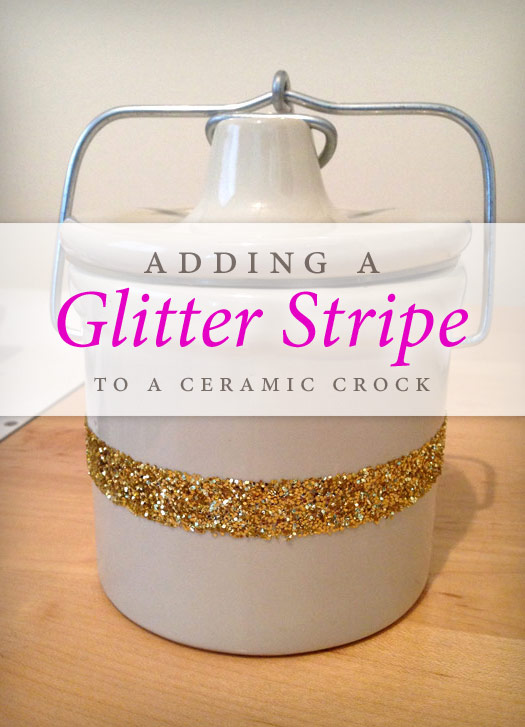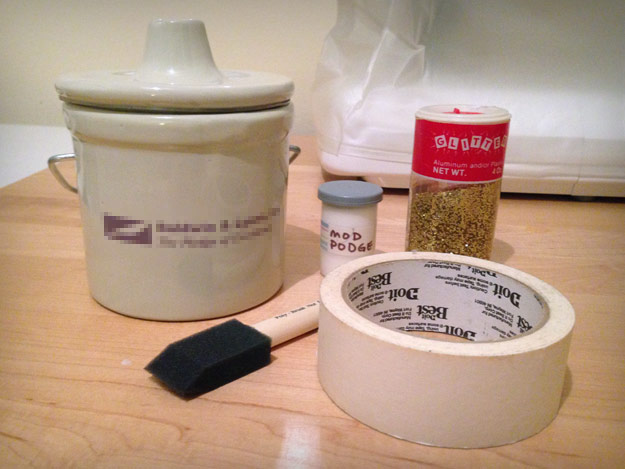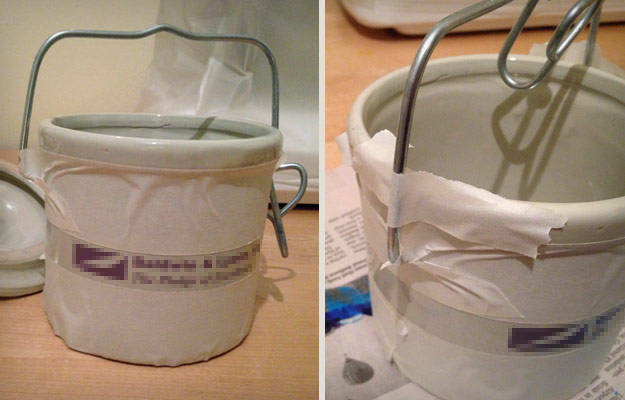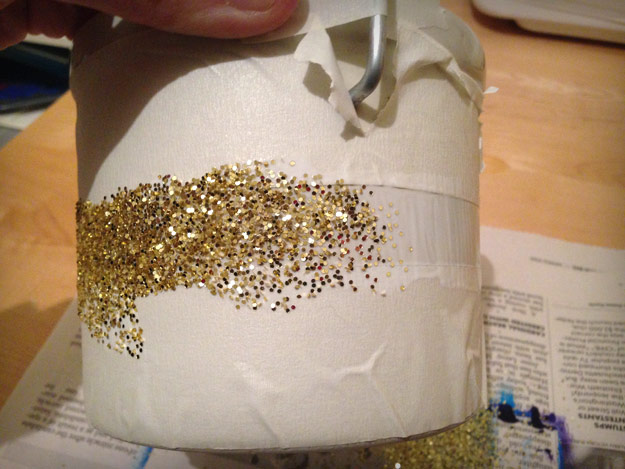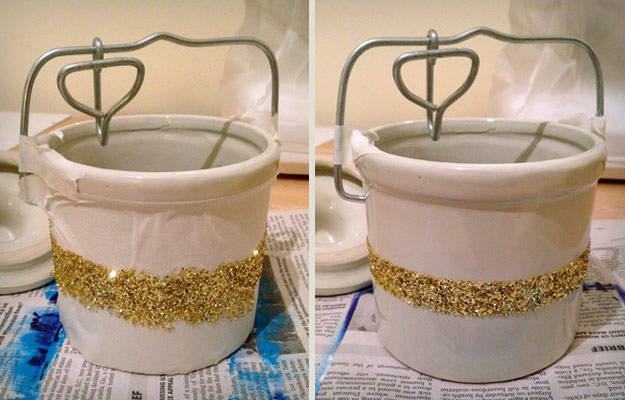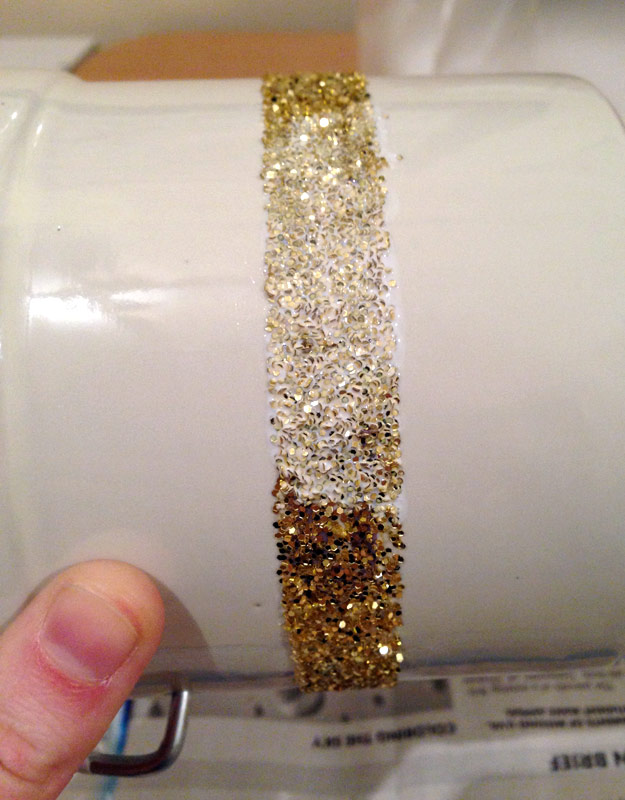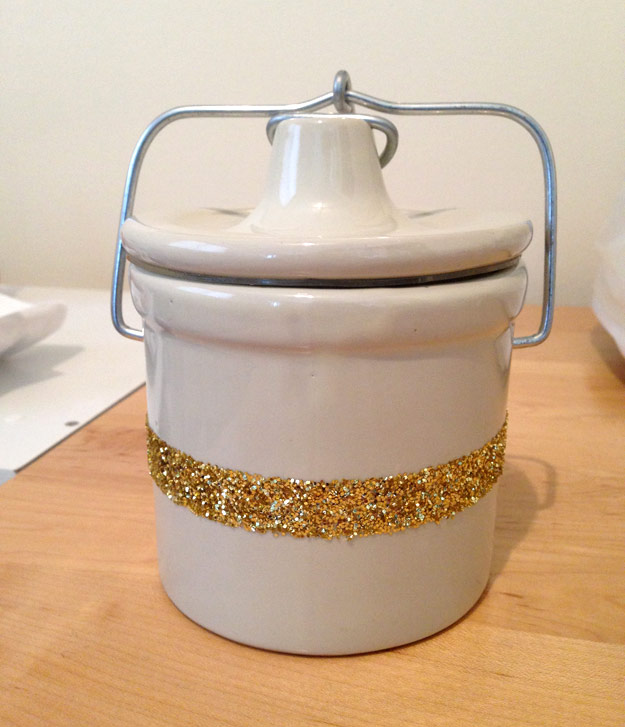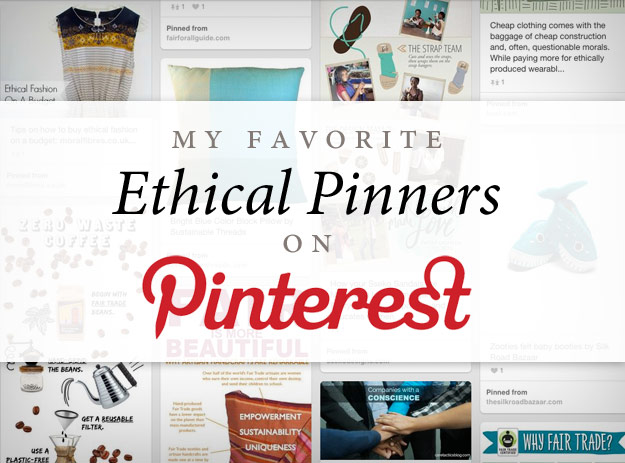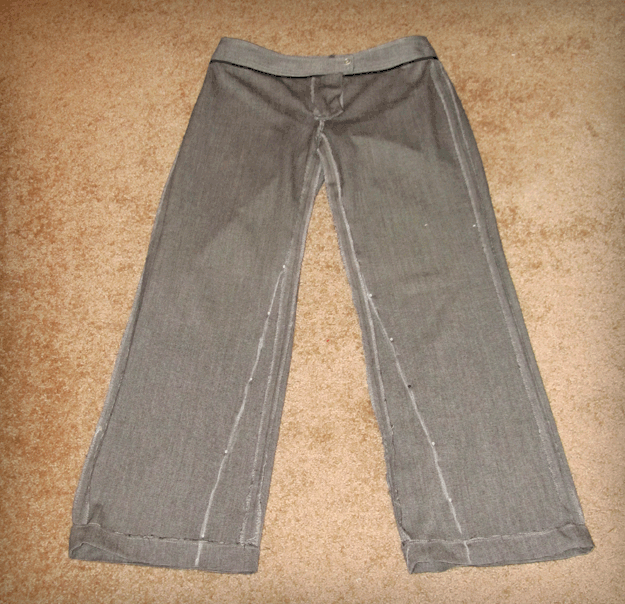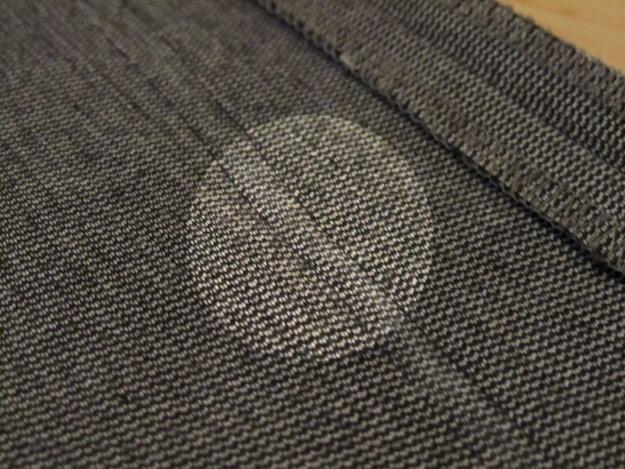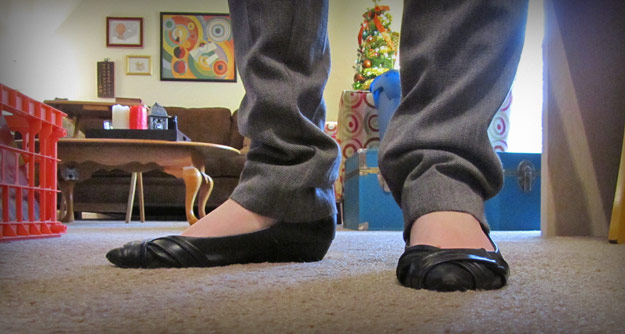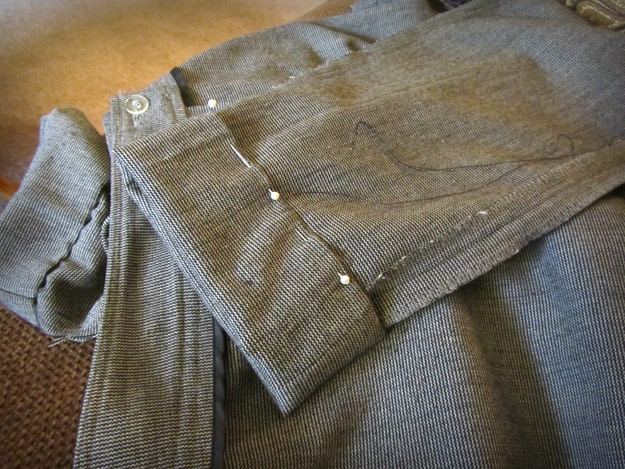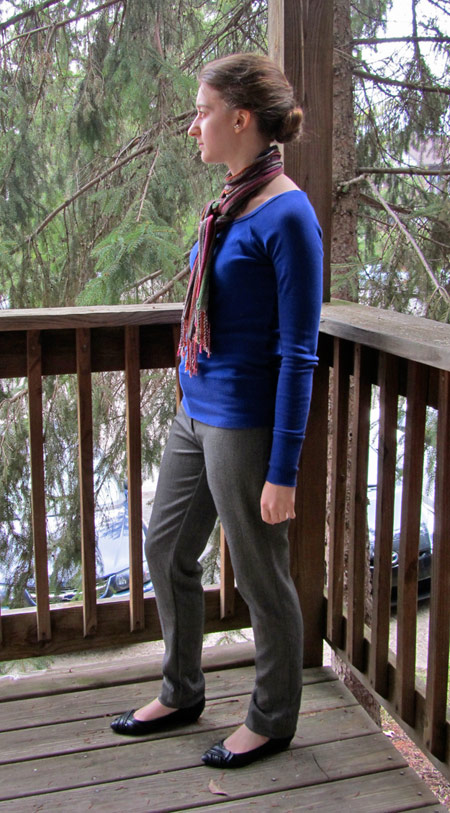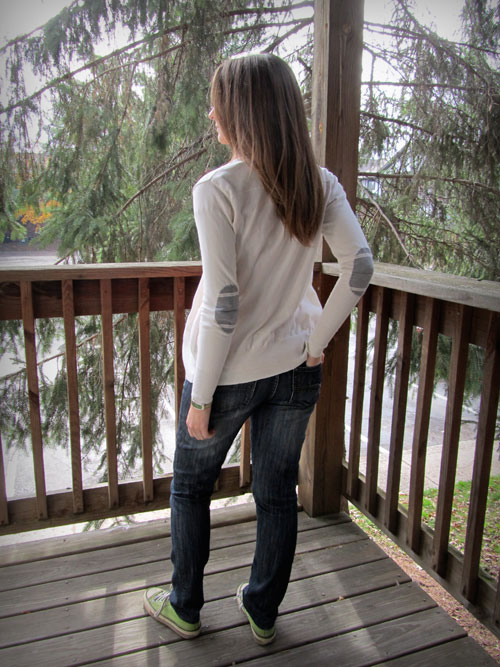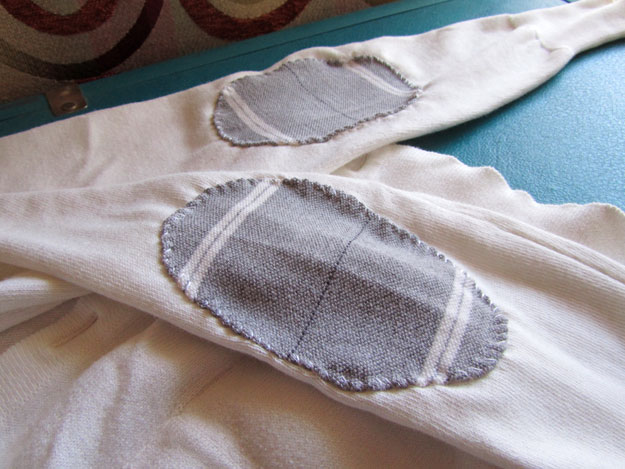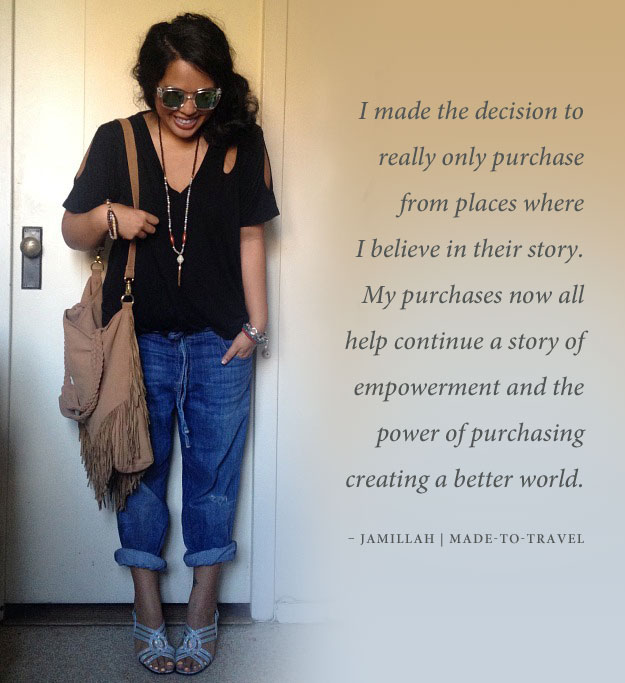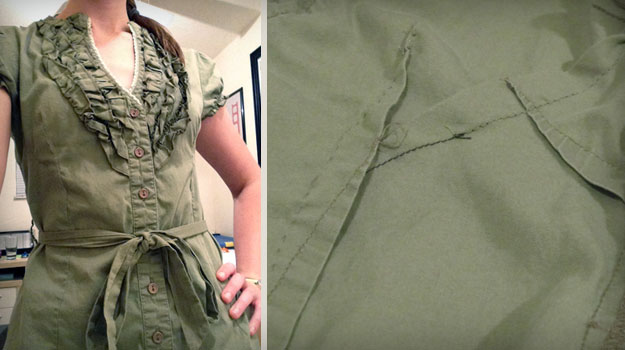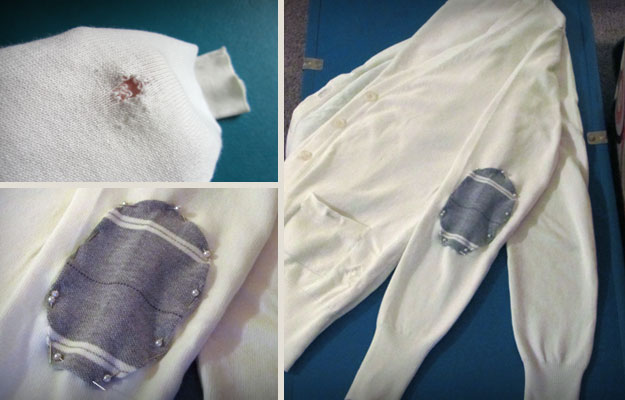Making It Do: Cardigan Repair DIY with Lace Edging
On her quest to make ethical clothing choices this year, our contributor Bethany is back with some tips for giving new life to clothes you already own. Enjoy! — Julia
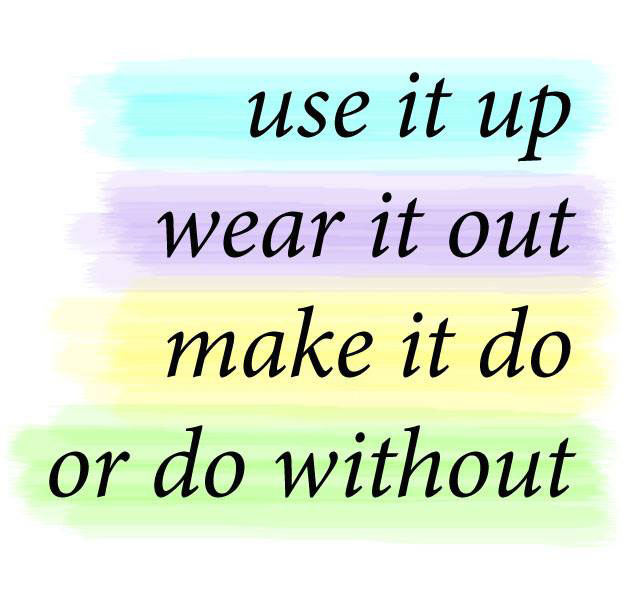
I love that saying. It comes out of the depression era, and I find myself saying it often (especially when I’m tempted to purchase something new that I don’t really need).
Cardigans are a staple of my work wardrobe. The office I work in has odd temperature regulation, and I’m pretty sure the elusive thermostat (no one knows where it is located) is set to “Antarctica.” Recently, I pulled out my favorite green cardigan and was shocked to find little holes where the collar is attached.
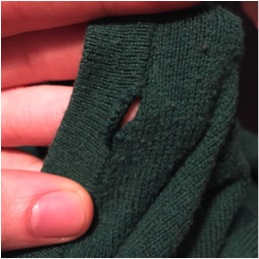
My first instinct, I’m sorry to report, was to throw it away and buy a new one. As I was considering it, that saying popped in my head, and I knew that I could definitely make this cardigan do if I put a little effort into it. I’m not very good at sewing, but I have a grasp on the basic “thread needle, stick in cloth, try not to make it look too horrible.” I quickly sewed up the little gaps, but I wasn’t satisfied with the result. You could see the repairs, partly due to me not having an exact color match for the thread, and in a few places it made a little bit of puckering in the fabric.
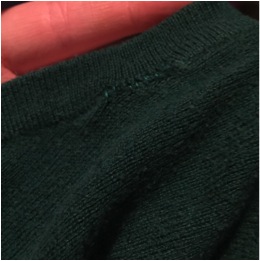
Sure, it would “never be noticed from a trotting horse” (another depression-era saying), but I don’t know many people who ride trotting horses through offices. I set the cardigan aside to think, and wore something else to work that day. I hit on a solution a few days later, and started working on it. A long time ago, my grandma taught me a fiber craft called tatting. It’s basically tying knots in string to make doilies, but you can use it to make edgings and lace as well.
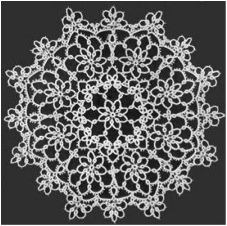
Fancy tatted doily
So I found some green thread that matched my cardigan, and made an edging for it, and then sewed the edging onto the cardigan to hide those unsightly holes.
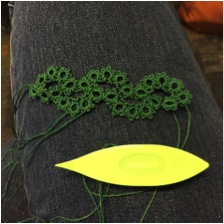
The beginning of the piece. The light made it look brighter green than it actually is.
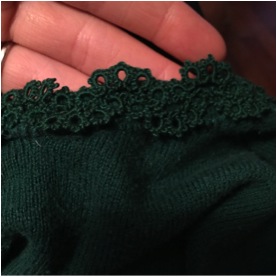
Finished and attached to the collar
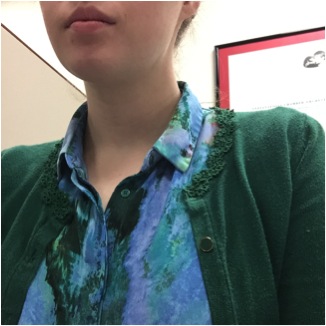
Cardigan in action!
By this point, you’re probably rolling your eyes and thinking “well, that’s great for you that you have this oddly specific skill that was passed down through generations and you sacrificed seven goats for the nimble fingers and coordination needed to make lace…but there’s no way I can do that.”
Never fret! Often you can find miscellaneous lengths of lace trim and rickrack at thrift stores that would do this exact same thing without the labor intensiveness. Go to the back of the store and look around where they display the sheets/tablecloths/fabric remnants. There are often bins of miscellaneous crafting materials that are perfect for little jobs like this.
You don’t have to be great at sewing, so don’t be intimidated by that. You may need to practice a little bit, but small repairs and refurbishments like this are pretty forgiving. Take a look at my stitches inside:
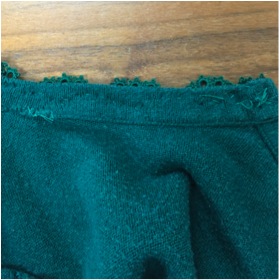
I am not a master seamstress by any means. Just keep in mind that it’s better to err on the side of smaller stitches and using manageable lengths of thread (even though that means you’ll have to knot the thread and re-thread the needle more, it makes it more secure). Here’s a tutorial with a few basic stitches that I use a lot, particularly the whip stitch.
I found a lot of satisfaction in making this with my own hands. I found that this cardigan quickly became even more of a favorite because it now has a story. Instead of a cheap throwaway piece of fast fashion that only lasted one season, I was able to fix it and refurbish it into something that I’m excited to wear again.
If you’re interested in learning to tat, there are plenty of tutorials available online. This one is pretty clear and easy to follow. Video demonstrations like this are particularly helpful when first learning. I would also encourage you to think about what random skills you have that could be applied to hide a repair or freshen up a piece of clothing that you’re tired of. Do you make beaded jewelry? Maybe you could make a beaded collar. You could crochet pockets for a dress or maybe use a contrasting color of thread to sew up holes and make an interesting effect. How can you “make it do” with the pieces you already have in your wardrobe and extend their lives?


